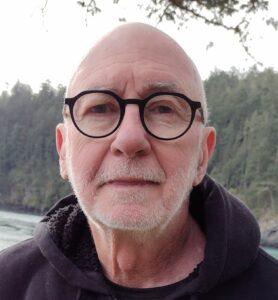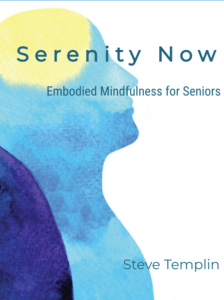Our brain is programmed with a bias towards looking for the negative or the threatening, rather than the positive. This is a survival oriented trait that keeps us prepared to defend ourselves. This helps to explain why negative thoughts are so easy to entertain.
Unfortunately, we’re often prepared for a threat and to respond defensively, when no real threat is present. This triggers the fight or flight response that’s so damaging to physical health and emotional wellbeing.
Fortunately, there’s something we can do to reprogram this hardwired brain response. The Self-Regulation tools that I share are designed to take advantage of the brain’s capacity for neuroplasticity, or it’s ability to repair itself.
I’m going to share a technique developed by neuropsychologist Rick Hanson, Ph.D., and author of Buddha’s Brain. This process can be done within less than 30 seconds once you know the steps.
He calls the technique H.E.A.L. and the four steps of the process are:
- Have a positive experience.
- Enrich it.
- Absorb it.
- Link it.
I’ll explain each step in turn.
- Have a positive experience. Bring something to mind that is positive. It can be ANYTHING that’s positive, for example, “I’m sitting on a supportive chair, or there’s pleasant music playing in the background, or the smell of this coffee is wonderful, or my feet are feeling warm and cozy, or I know that my dog, or child, or partner cares about me. ANYTHING works.
- Enrich it. Since positive feelings like those suggested above are often fleeting, we want to enrich the experience and allow it to linger for 10-15 seconds. When you make the time to really feel (not just think about) and enjoy the good experience, however subtle it may be, you’re firing up the brain circuitry that allows for programming in positive change.
- Absorb it. Have a sense of the good feelings sinking in and being absorbed. See it, feel it, savor it. This steps further strengthens the power of the positive programming.
- Link it. This is an optional step. When we can comfortably sustain a positive feeling (steps 1-3) we can bring to mind a less than positive experience that we would like to transform. As we savor the positive experience in the foreground we can allow the more negative experience to be noticed in the background … and allow it to ease. If this step isn’t helpful at this point or comfortable, simply stay with steps 1-3.
H.E.A.L. is another simple tool that can be a powerful aid for changing your brain … and your life. Like all of the Self-Regulation tools the benefits are cumulative. So practice, practice, practice. Find your favorite techniques and allow then to become a regular part of your daily routine.
Interested in Super Charging the Process?
You can add power to the process just described by becoming aware of your breath during the four steps. If the addition of breath awareness makes the process more difficult, just do what works best for you.
Another option would be to include some acupuncture points into the equation. Two easily accessed points that bring more energy to the prefrontal area of the brain, responsible for resourcefulness and resilience, are the Gall Bladder 14’s. Imagine two points directly above your pupils halfway between your eyebrows and hairline.
Gentle, light touch to these two points while doing steps 1-4 will further add neurological power to the process. In the Touch for Health Kinesiology system these two points were called the Emotional Stress Release points.
 Steven Templin, D.O.M., Dipl. Ac. specializes in Acupuncture and Limbic Brain Reprogramming to address the roots of chronic pain and illness. He offers a comprehensive mind-body program for addressing the underlying inflammation, toxicities, and stress-induced causes of most pain and illness.
Steven Templin, D.O.M., Dipl. Ac. specializes in Acupuncture and Limbic Brain Reprogramming to address the roots of chronic pain and illness. He offers a comprehensive mind-body program for addressing the underlying inflammation, toxicities, and stress-induced causes of most pain and illness.
He places special emphasis on resolving the stress response and repairing adrenal gland and digestive system function to address the root causes of many common and often difficult to treat illnesses.
He translates emerging research in the fields of Epigenetics, Energy Psychology, and Functional Nutrition into effective practices that you can perform at home.
You can work with Dr. Templin in his Lakeland office, or online. You can visit his website at www.stevetemplin.com and contact him via email at drtemplin@gmail.com.
You can schedule an office visit with Dr. Templin by calling 863-838-2779.

 Steve is a retired Doctor of Oriental Medicine, Acupuncture Physician, and HeartMath Trauma-Sensitive Certified Practitioner with over 35 years of clinical experience in the fields of Energy Medicine, Energy Psychology, and Biofeedback.
Steve is a retired Doctor of Oriental Medicine, Acupuncture Physician, and HeartMath Trauma-Sensitive Certified Practitioner with over 35 years of clinical experience in the fields of Energy Medicine, Energy Psychology, and Biofeedback. 